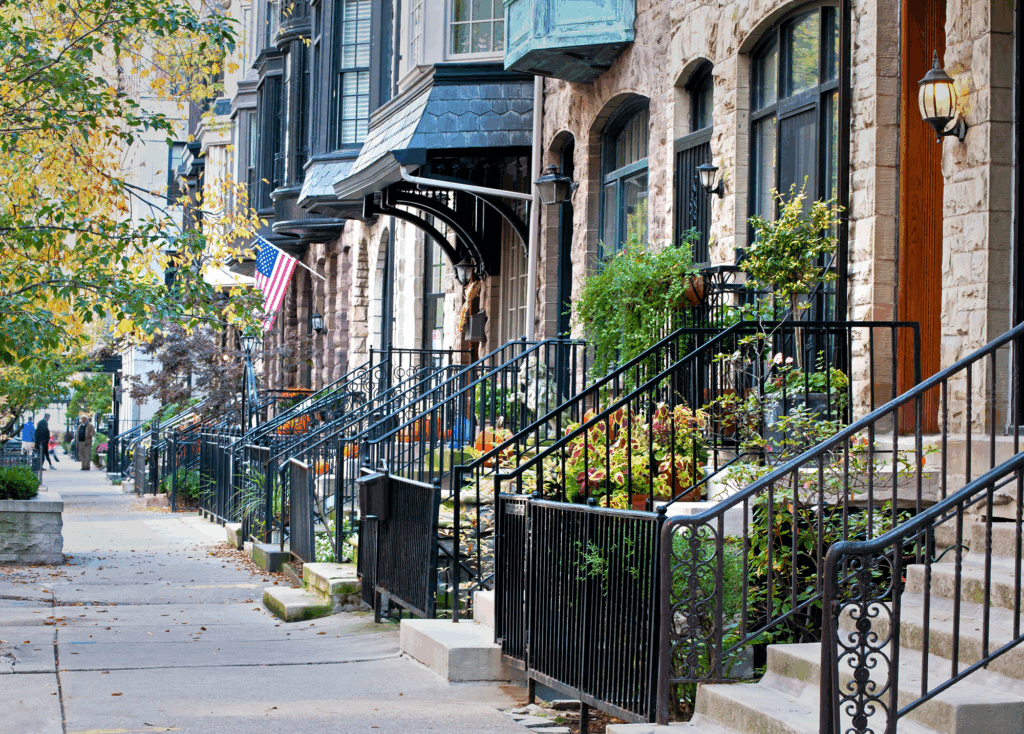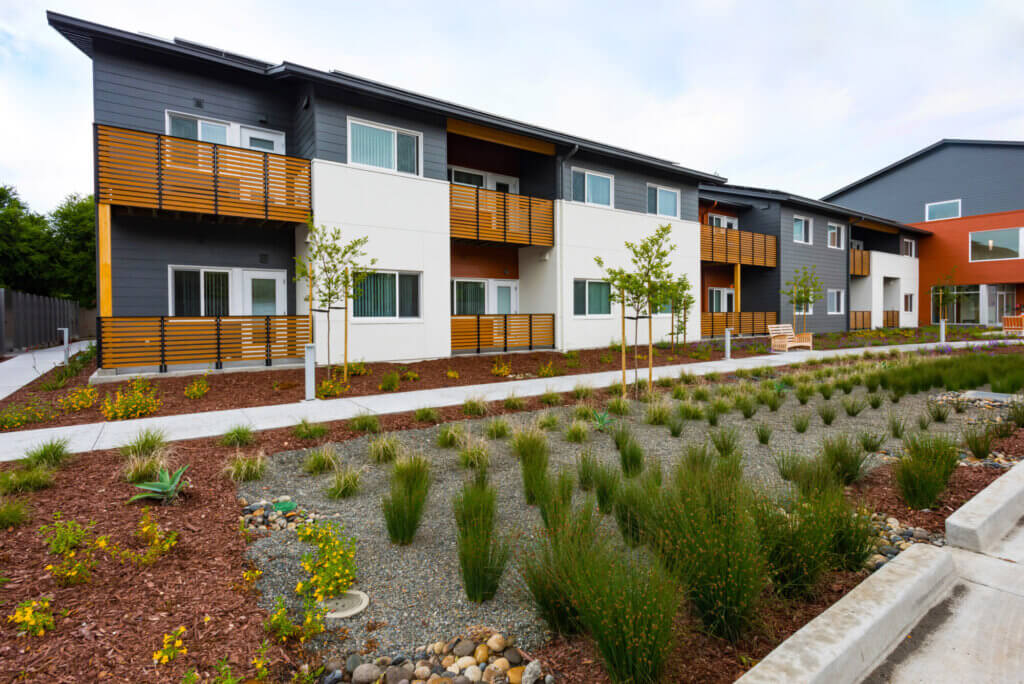First Ever Statewide ADU Owner Survey Shows Growth, Room for Improvement
Published On April 22, 2021
Accessory dwelling units (ADUs) have become an increasingly popular housing choice in California in recent years. This boom was buoyed by state legislative changes over the last several years that removed barriers to constructing ADUs. As recent research from University of California, Berkeley’s Terner Center and Center for Community Innovation (CCI) has shown, these reforms appear to have translated into a jump in ADU applications and permits. However, not as much is known about who is building ADUs, and who lives in them. Today, Center for Community Innovation Faculty Director Karen Chapple (a Terner Center affiliate) and her research team are releasing the results of California’s first ever statewide ADU owner survey. The results shed light on important policy questions and paint a picture of what is needed to truly scale ADUs statewide for all homeowners. Among the report’s findings:
- The median statewide construction cost of an ADU is $150,000, or $250/square foot (sf).
- A significant portion of new ADUs (37 percent) cost less than $100,000 to build, and 71 percent of ADUs cost less than $200,000 to construct. For context, Terner Center’s 2020 report on construction costs in projects funded through the Low-Income Housing Tax Credit program found that each new unit of affordable housing cost $480,000, statewide.
- Only 8 percent of new ADUs in California are short-term rentals, though more affluent homeowners are more likely to list their ADUs as short-term rentals than those making less than $100,000 a year.
- The median rental price of a new ADU in California is $2,000, ranging from $1,925 in the Central Coast region to $2,200 in the San Francisco Bay Area.
- A large portion of units are available to those making less than 80 percent of the area median income (AMI), though the overall affordability varies significantly by county.
ADUs do provide relatively affordable rental housing units for Californians, confirming previous research. But there are still significant barriers, such as difficulty obtaining permits, to making ADUs a widespread policy solution for tackling the state’s affordable housing crisis. And the benefits from this new ADU growth may not be equitably shared. The results of the survey confirm that despite legislative reforms, the ADU revolution has been slow to reach low-income homeowners of color. It will take further work both at the state and local level to meaningfully boost ADU production throughout the state and to eliminate structural barriers to ADU production so that more Californians can reap the benefits.
Read the full report and survey results here.
Feature image courtesy of Sightline Institute Missing Middle Homes Library.





